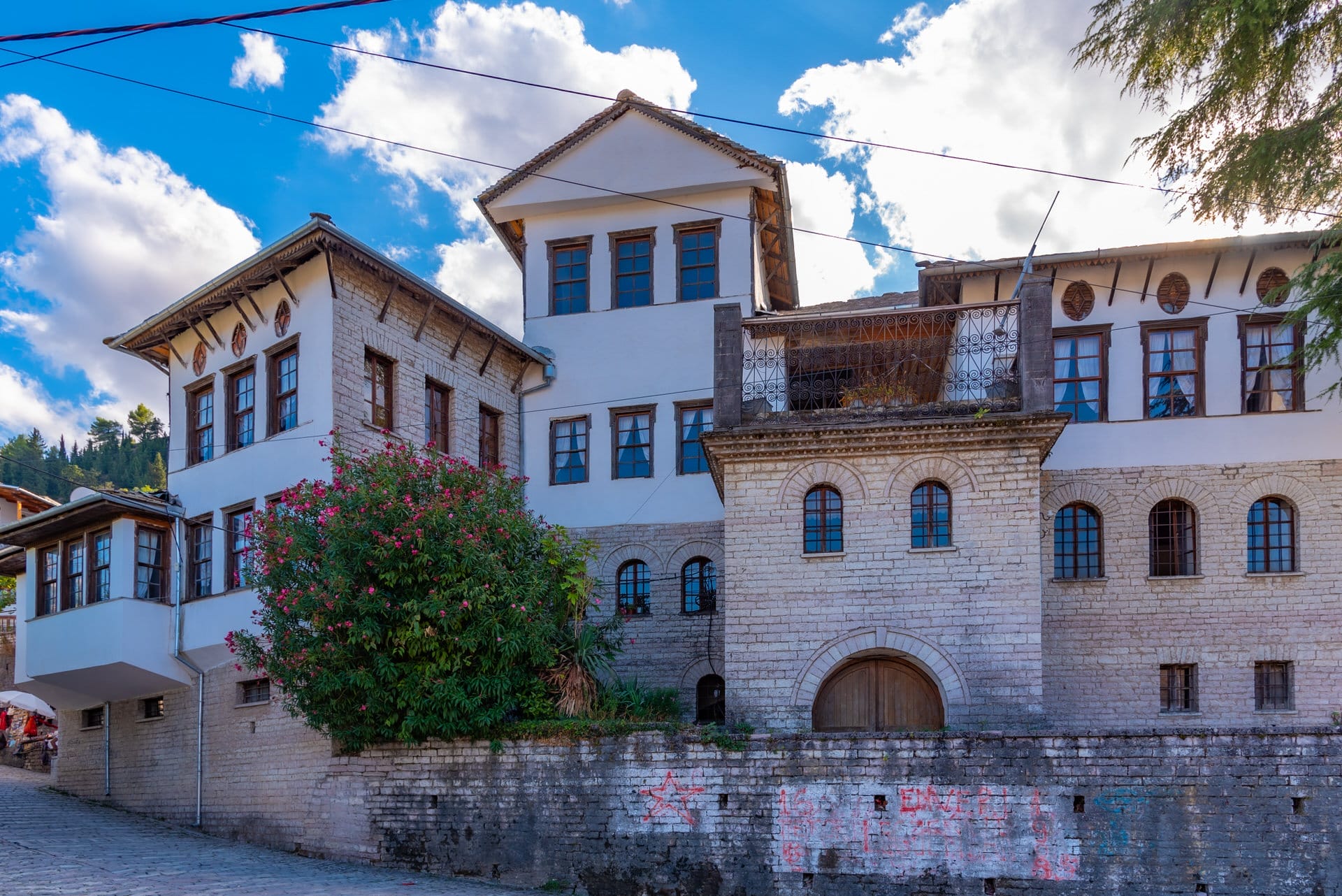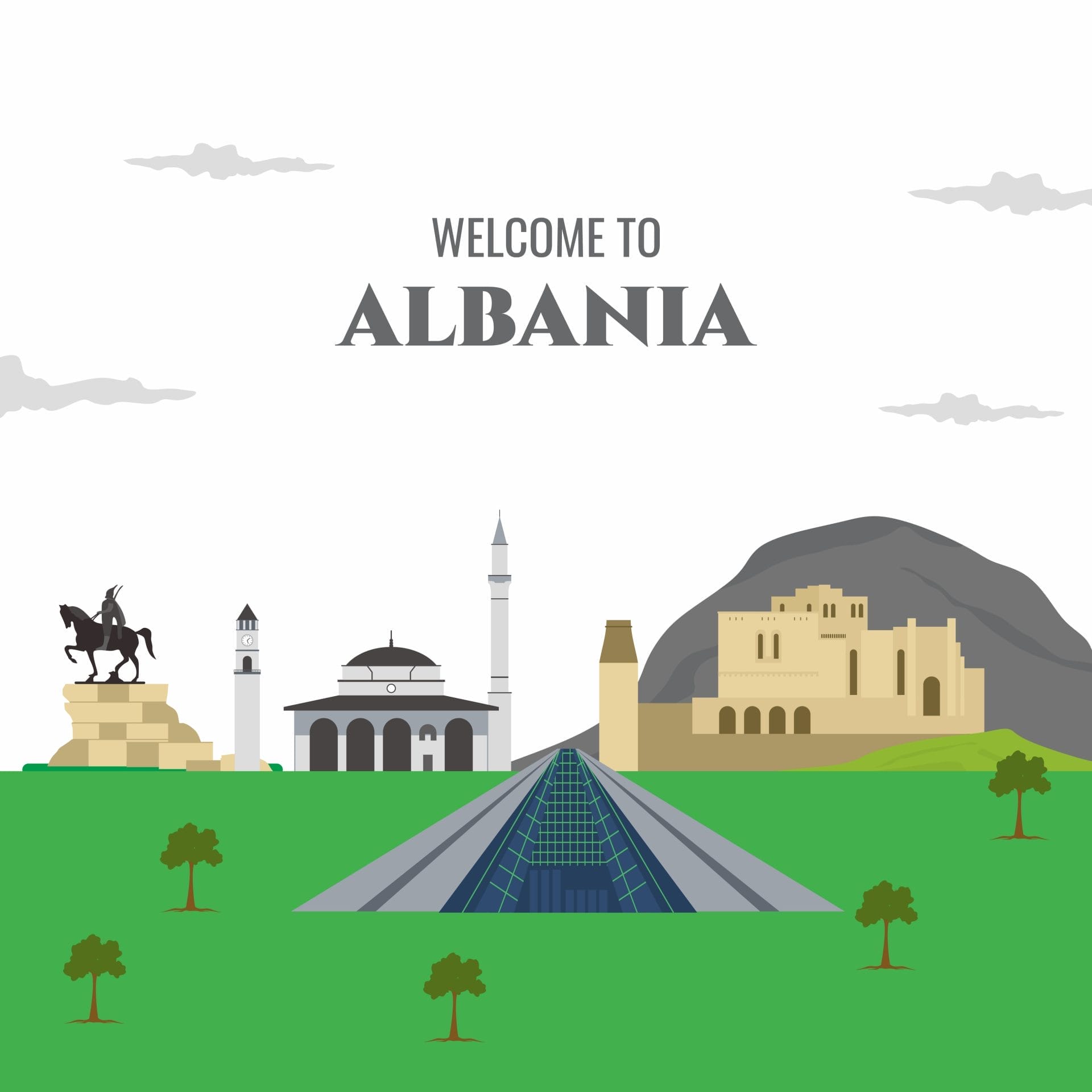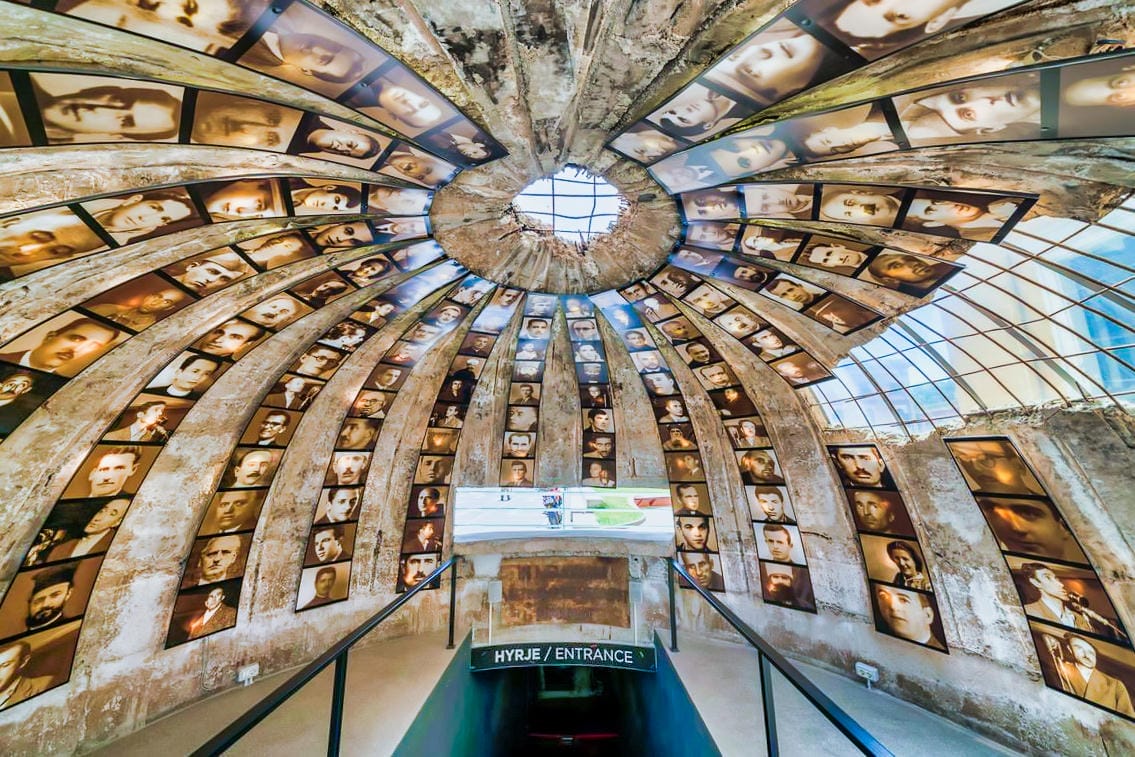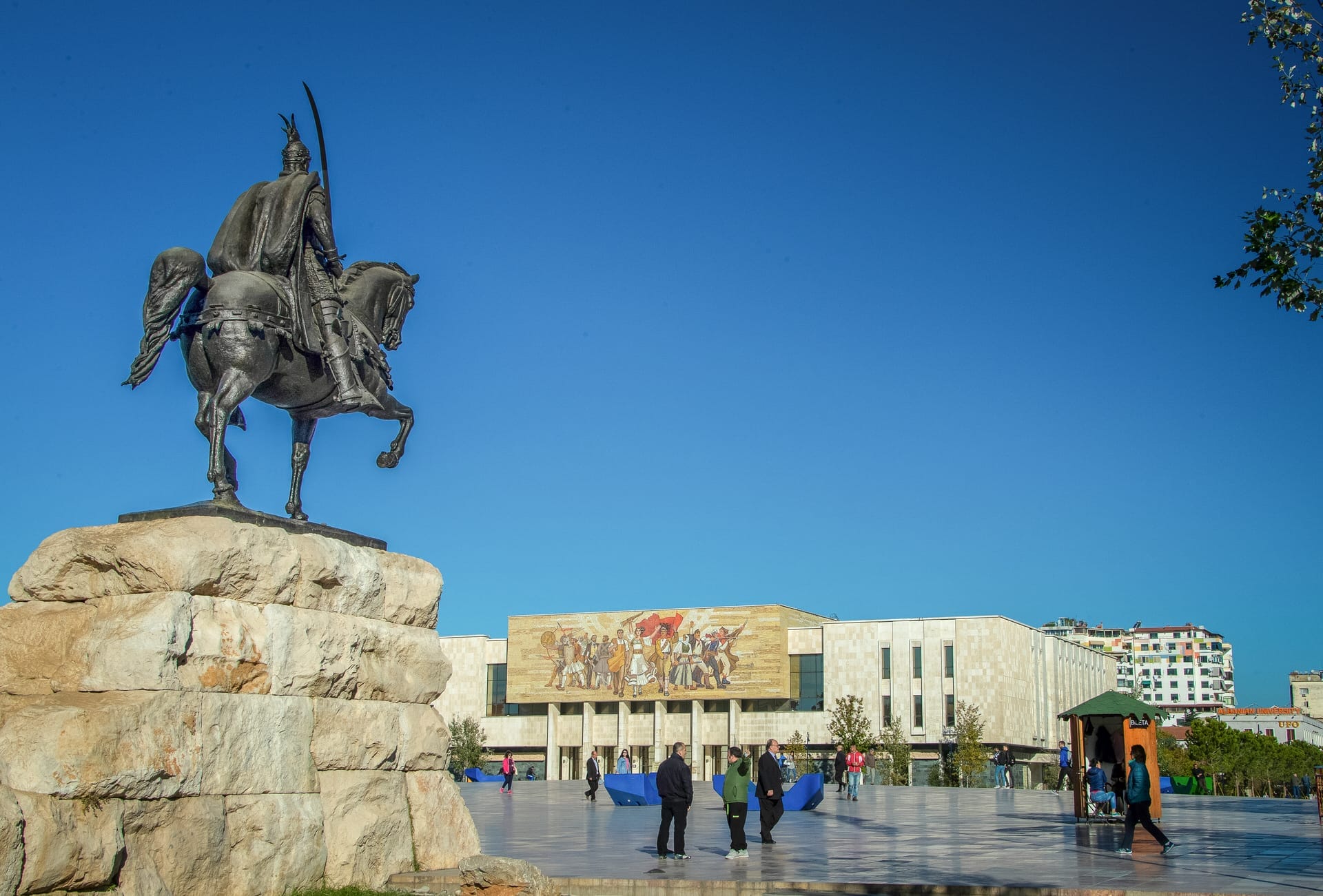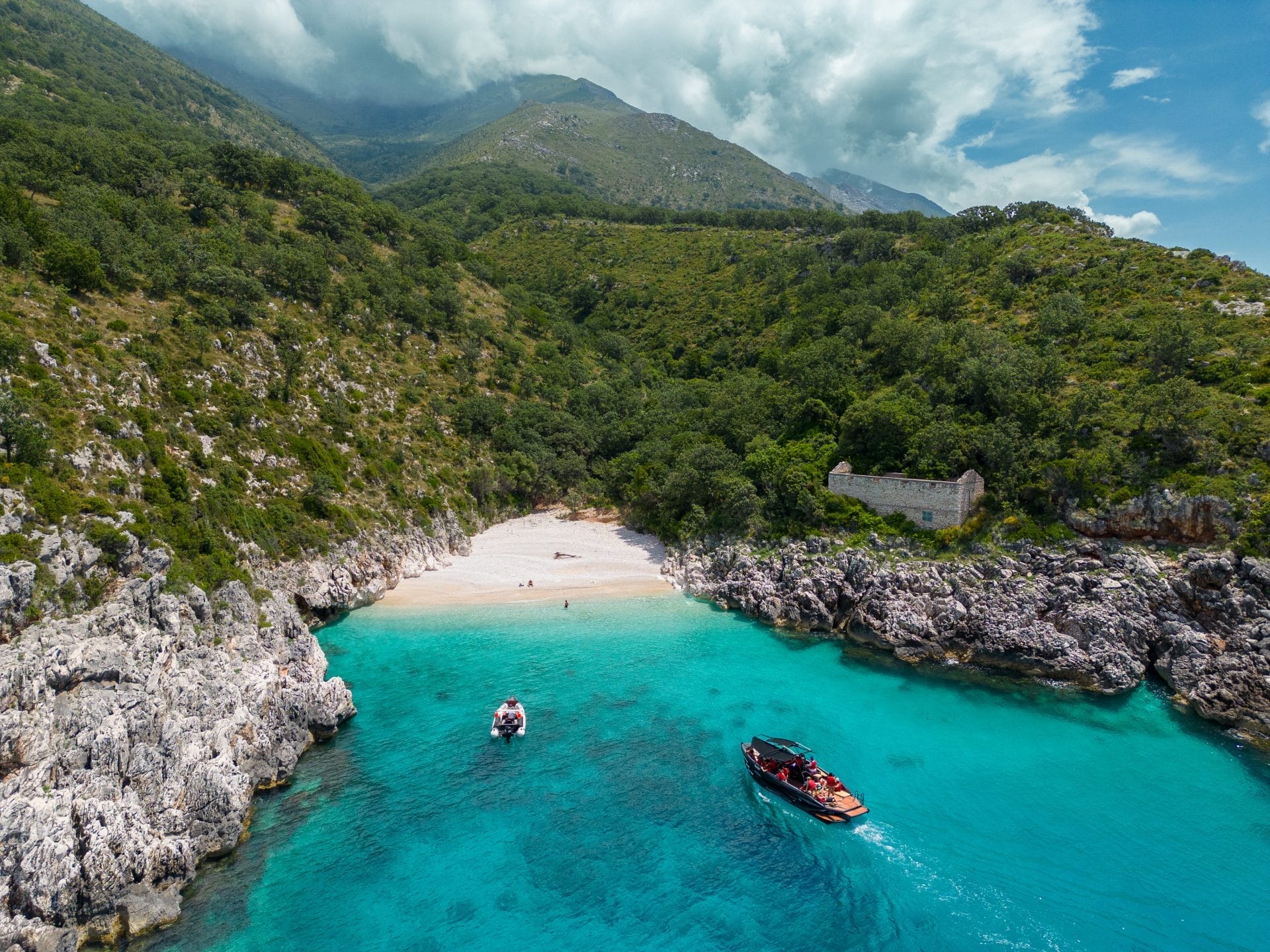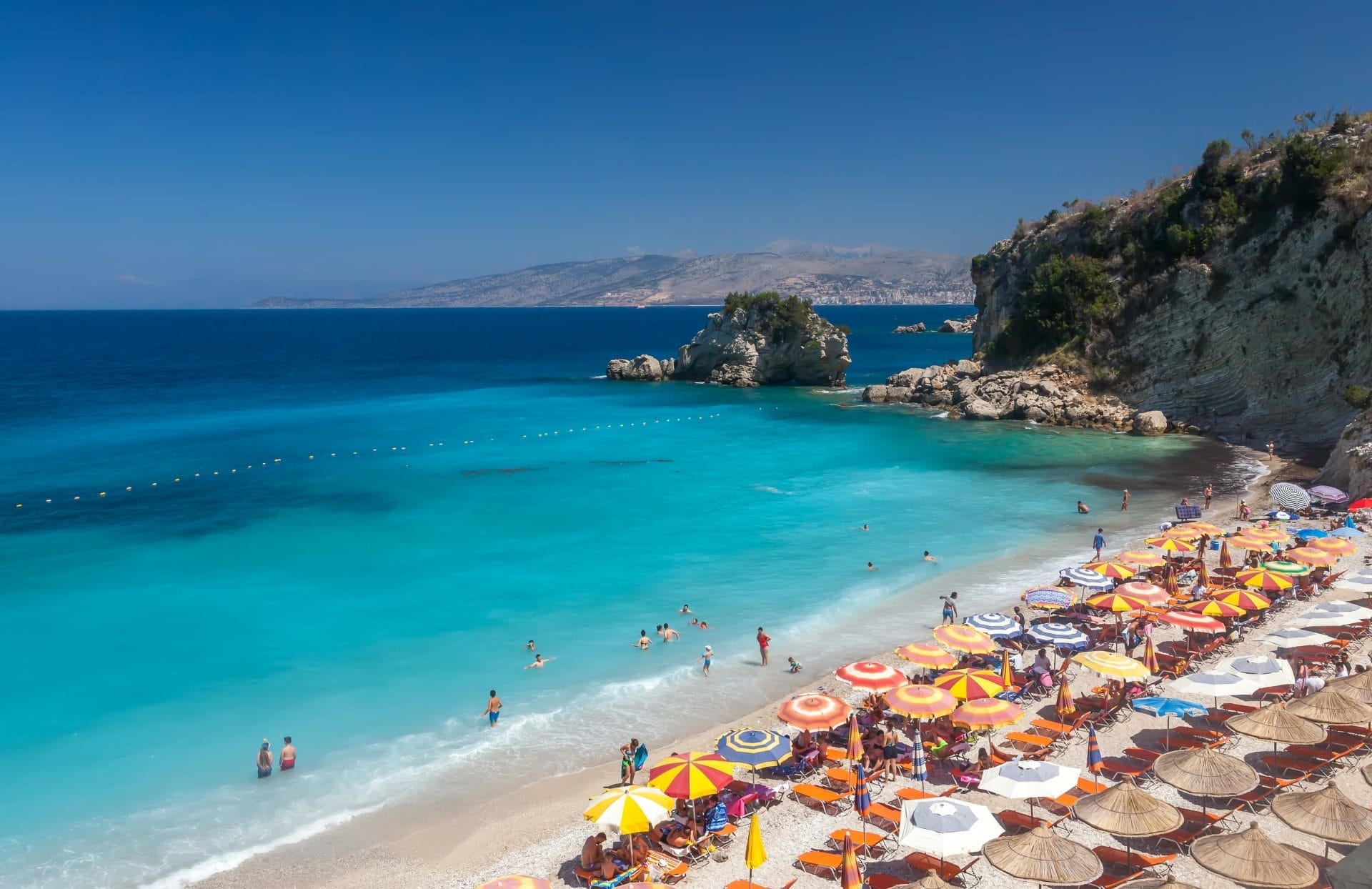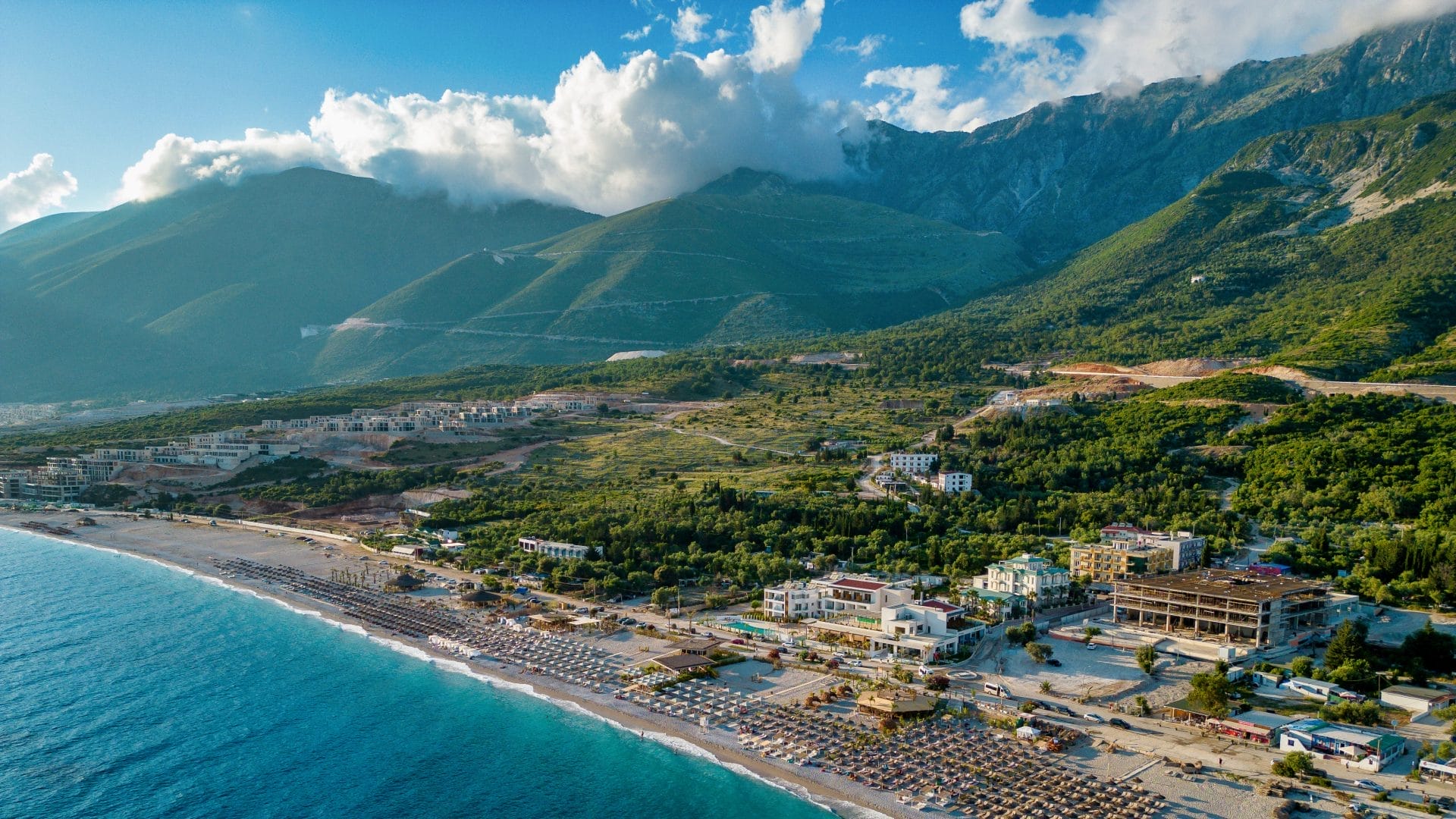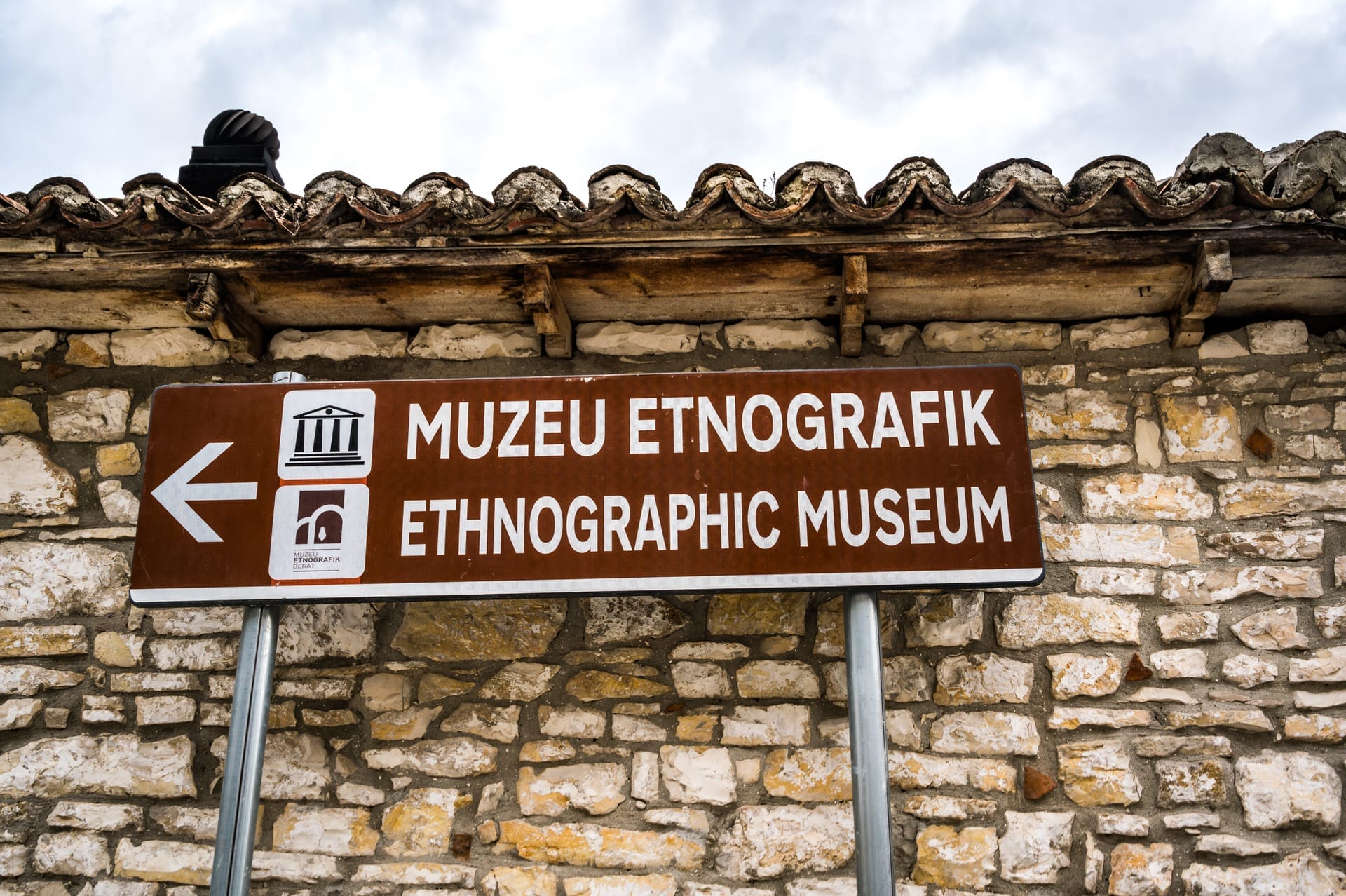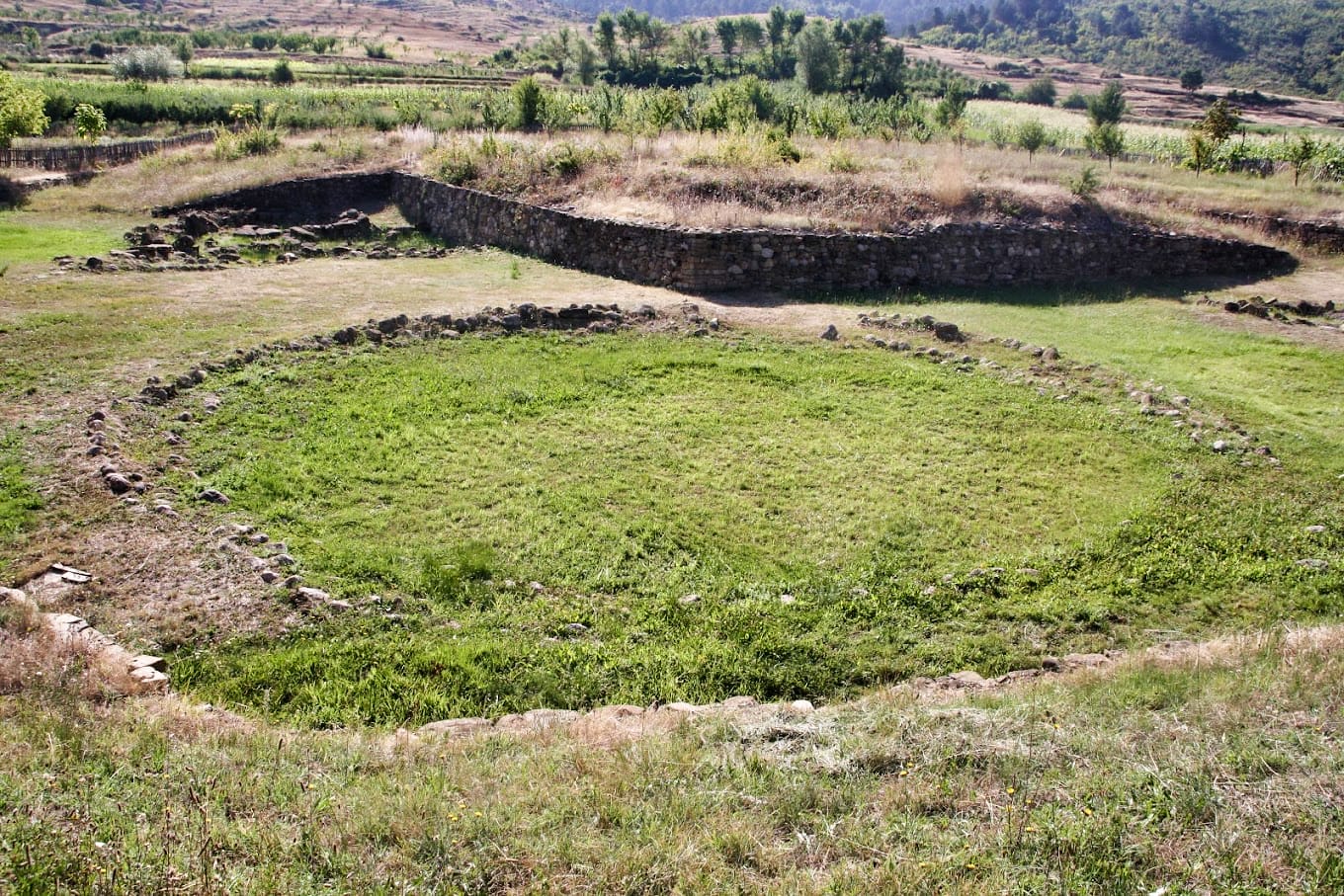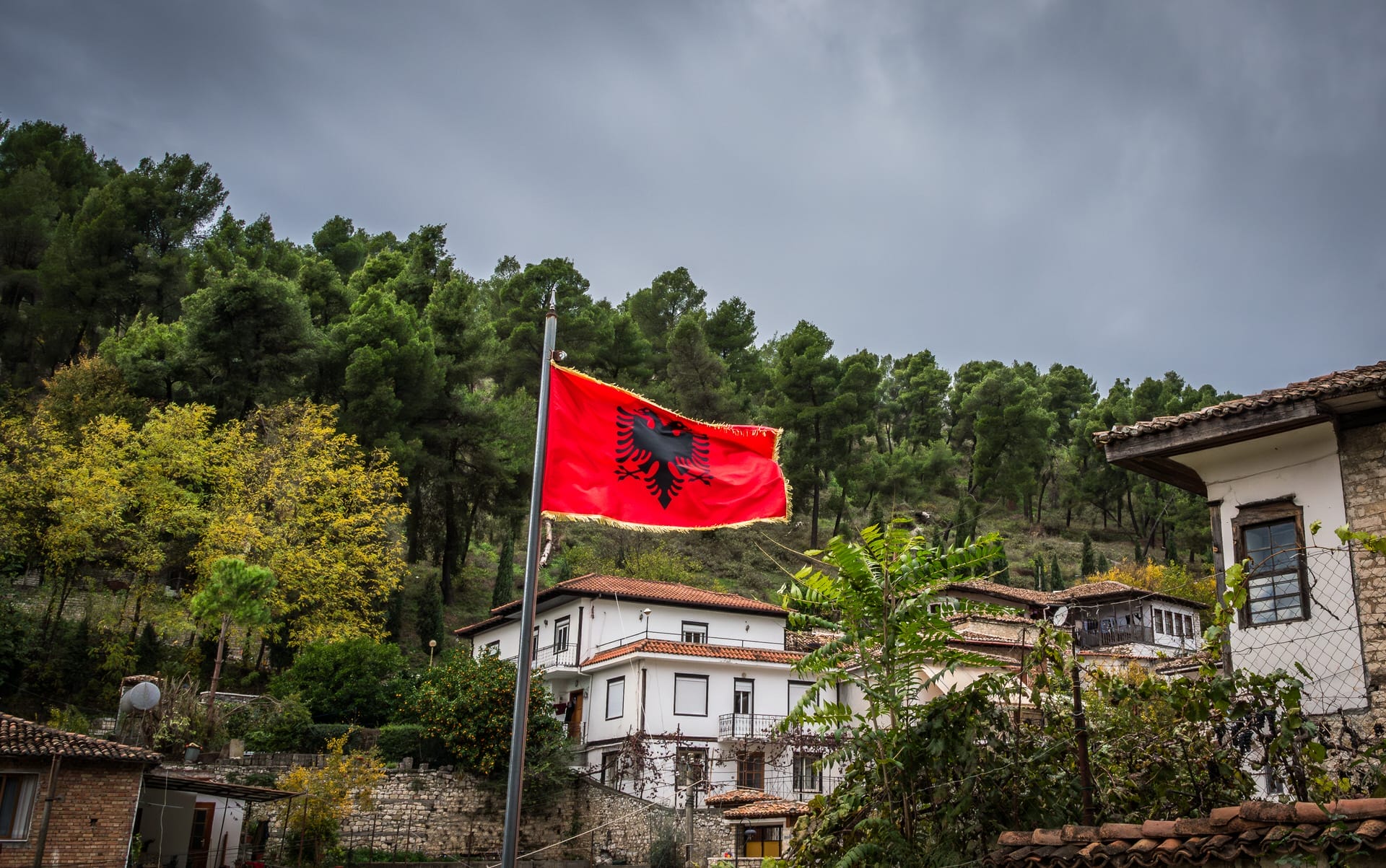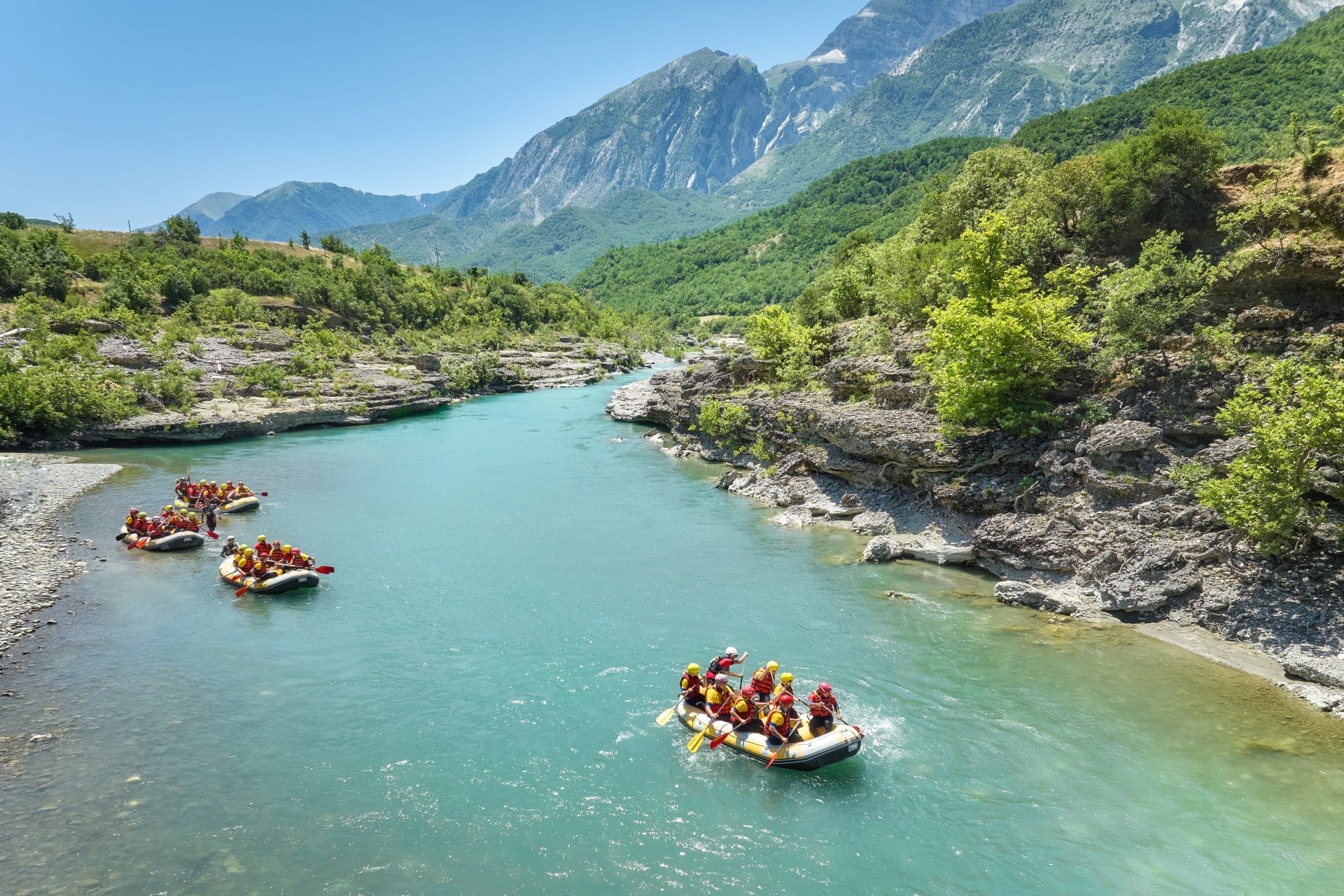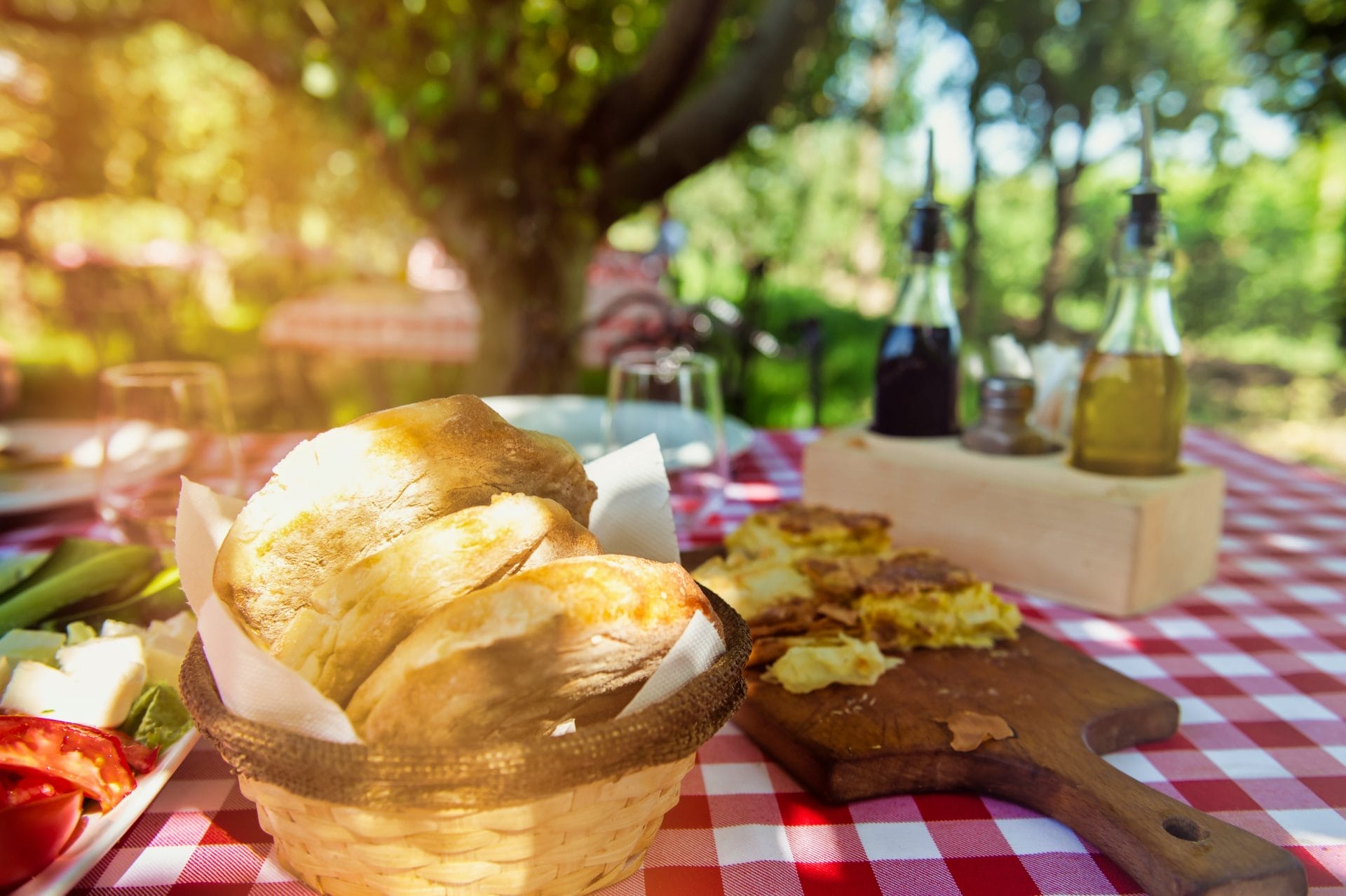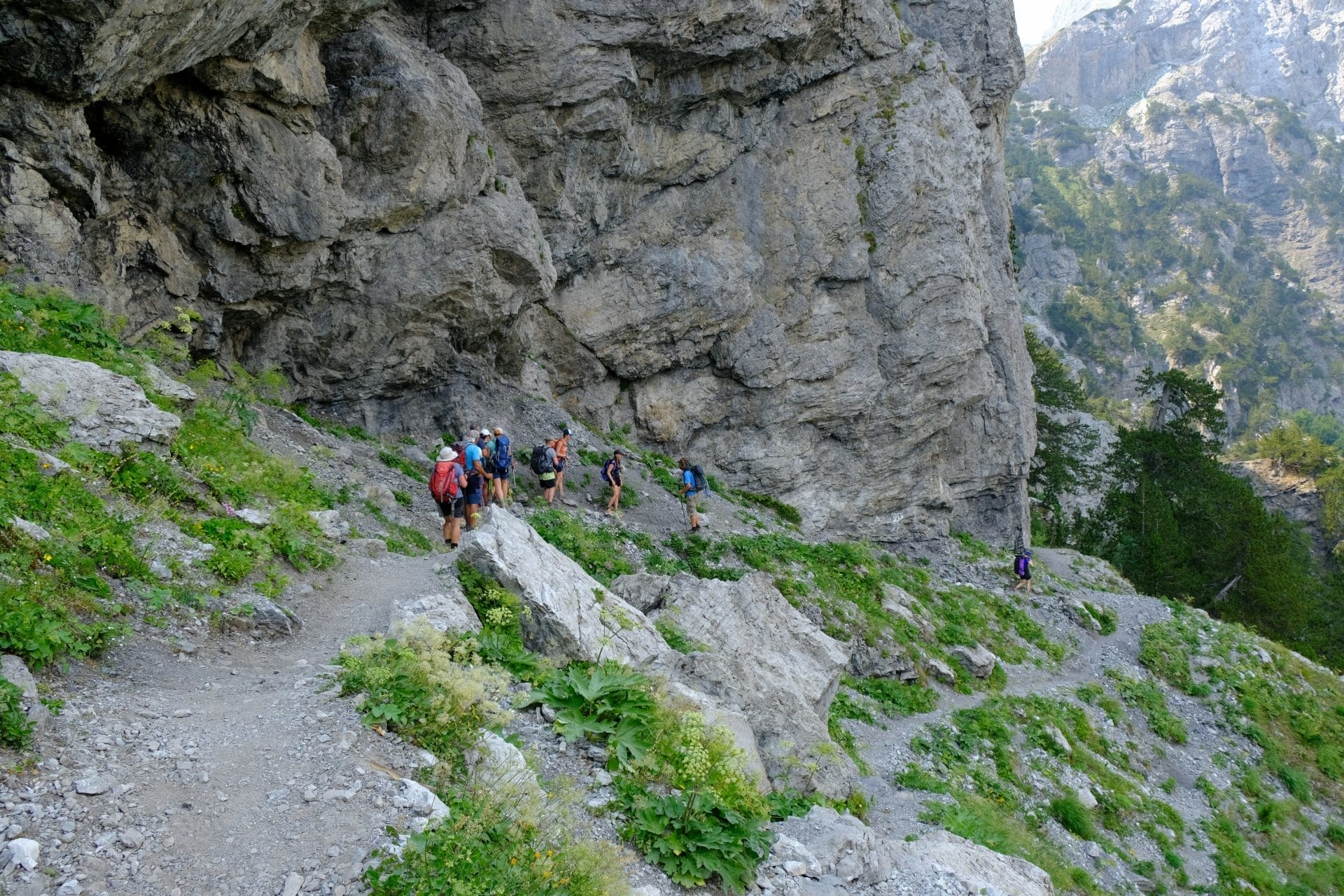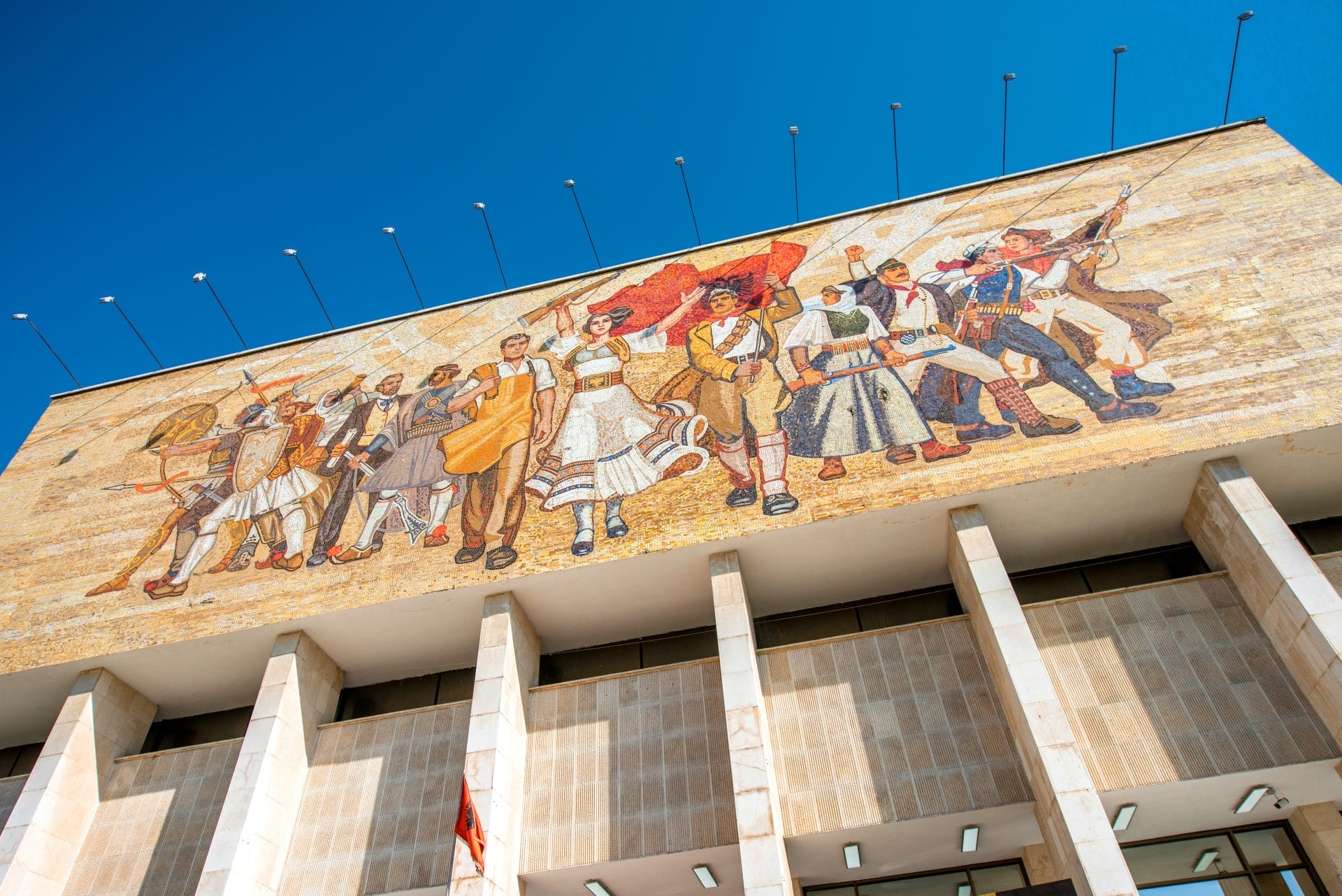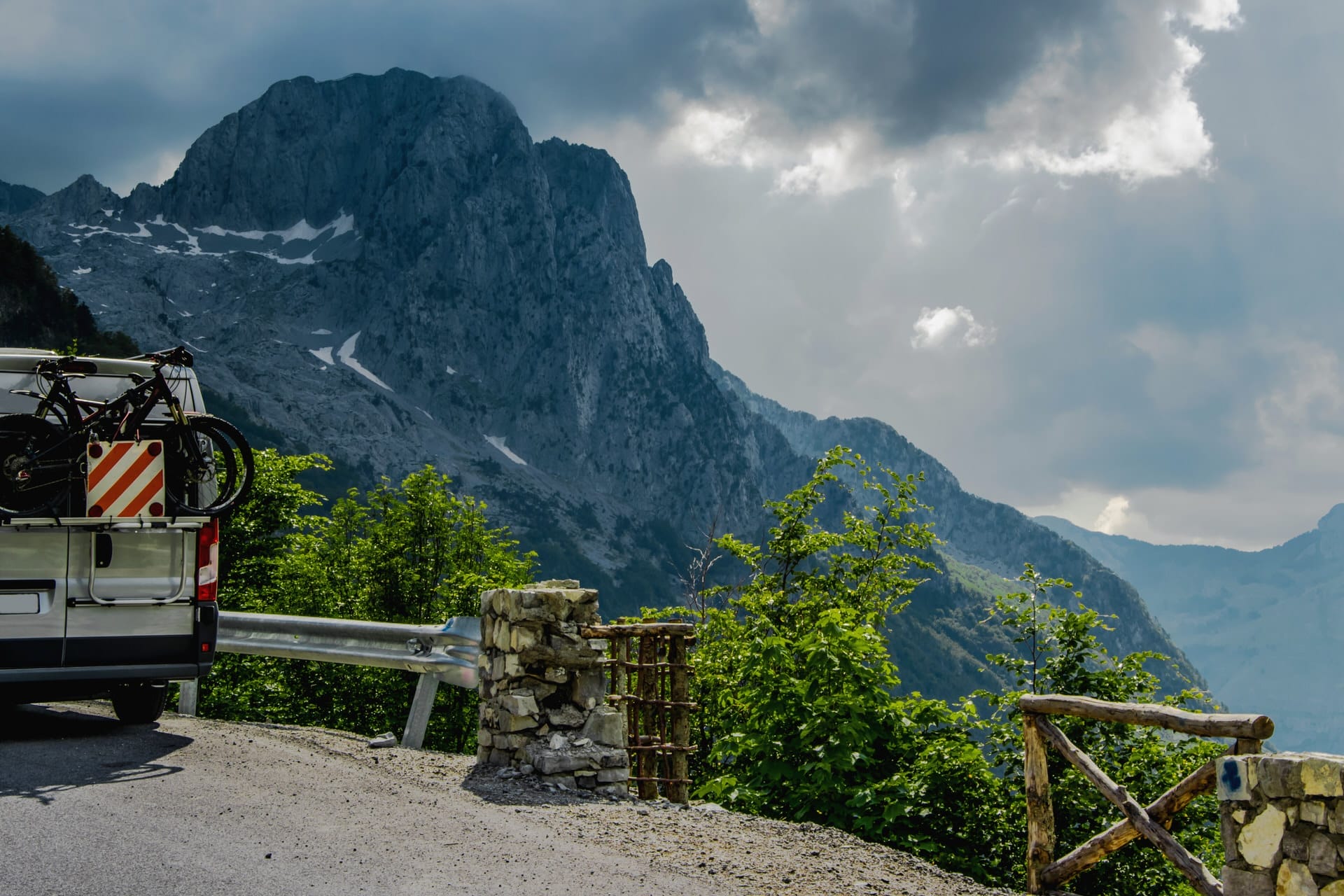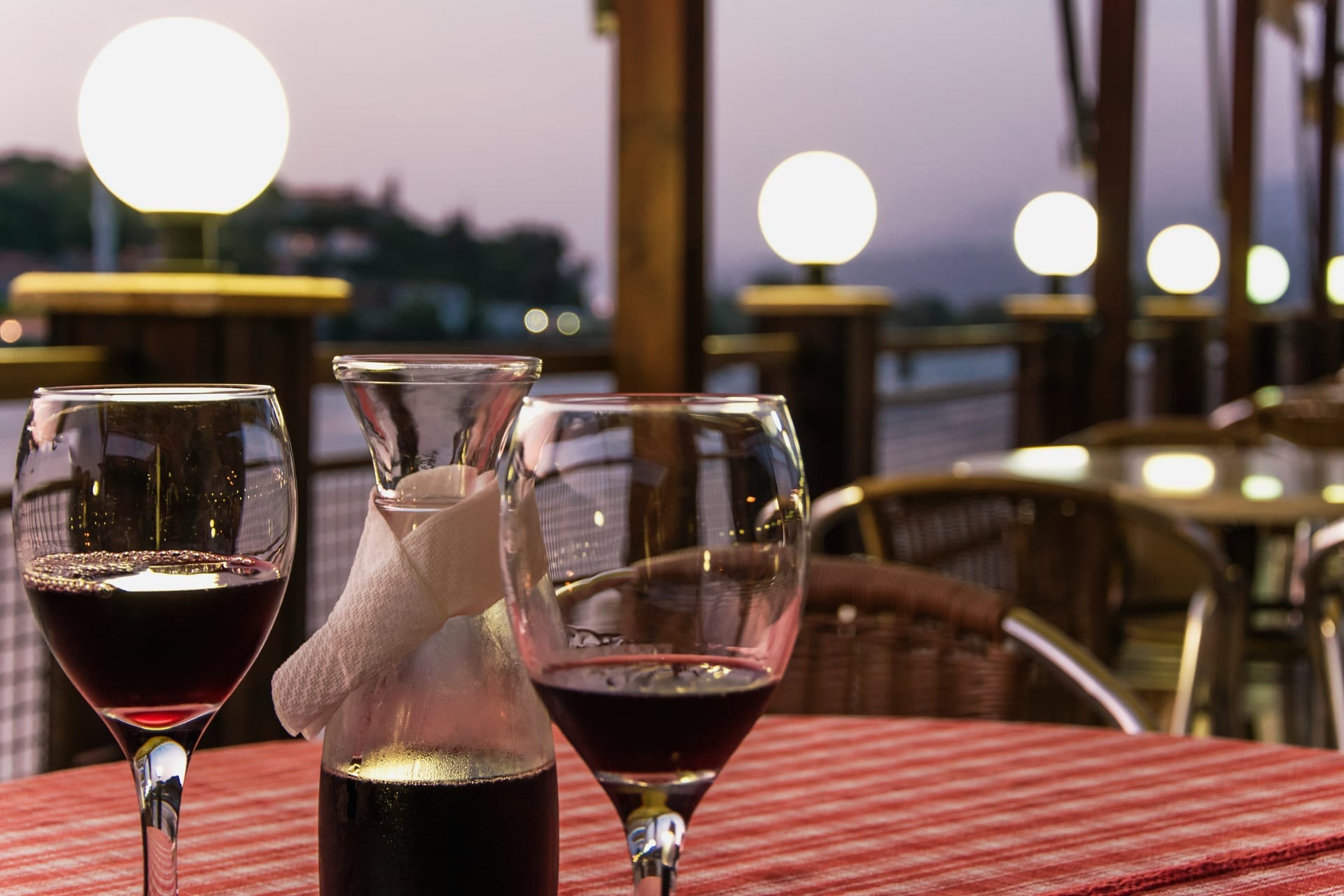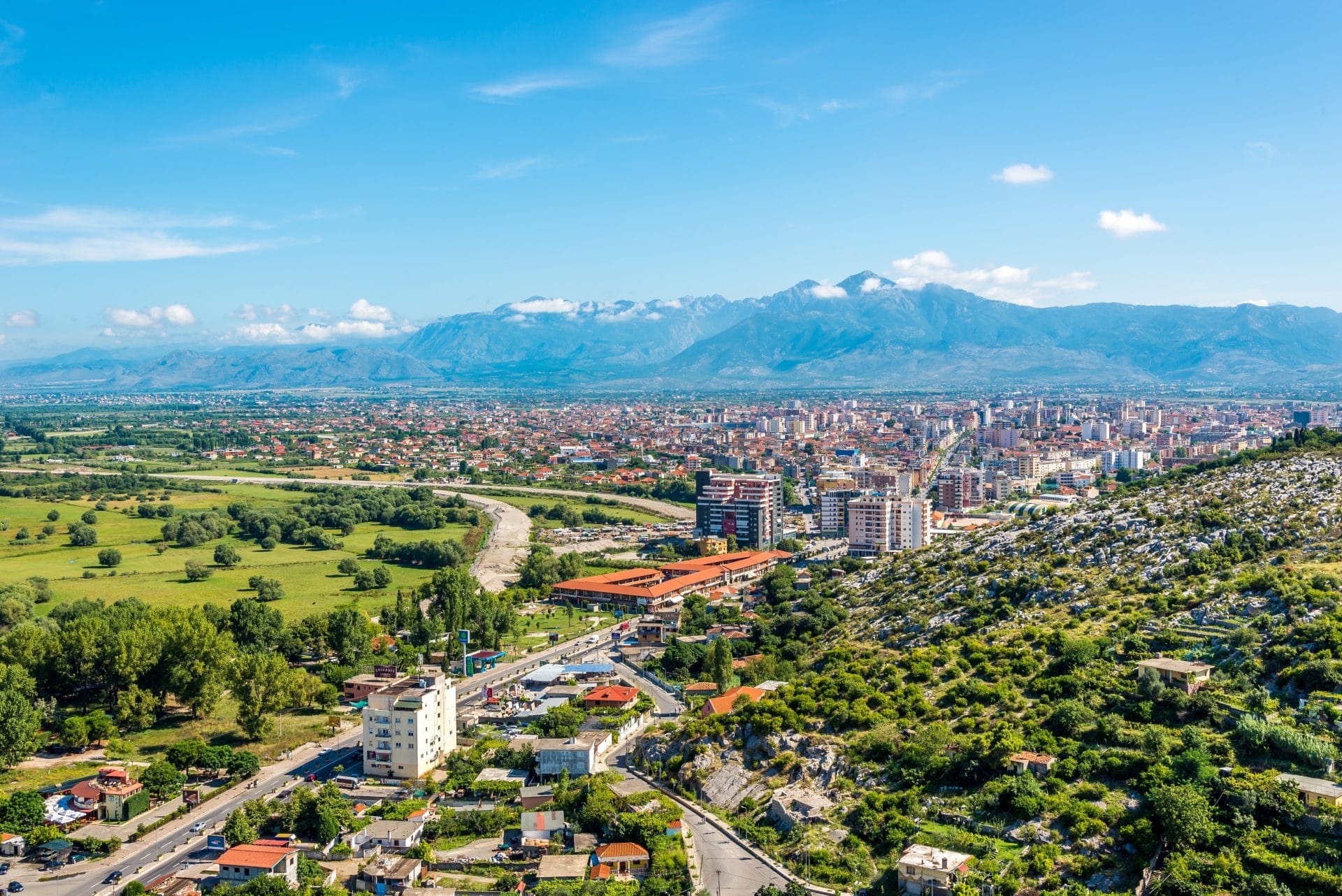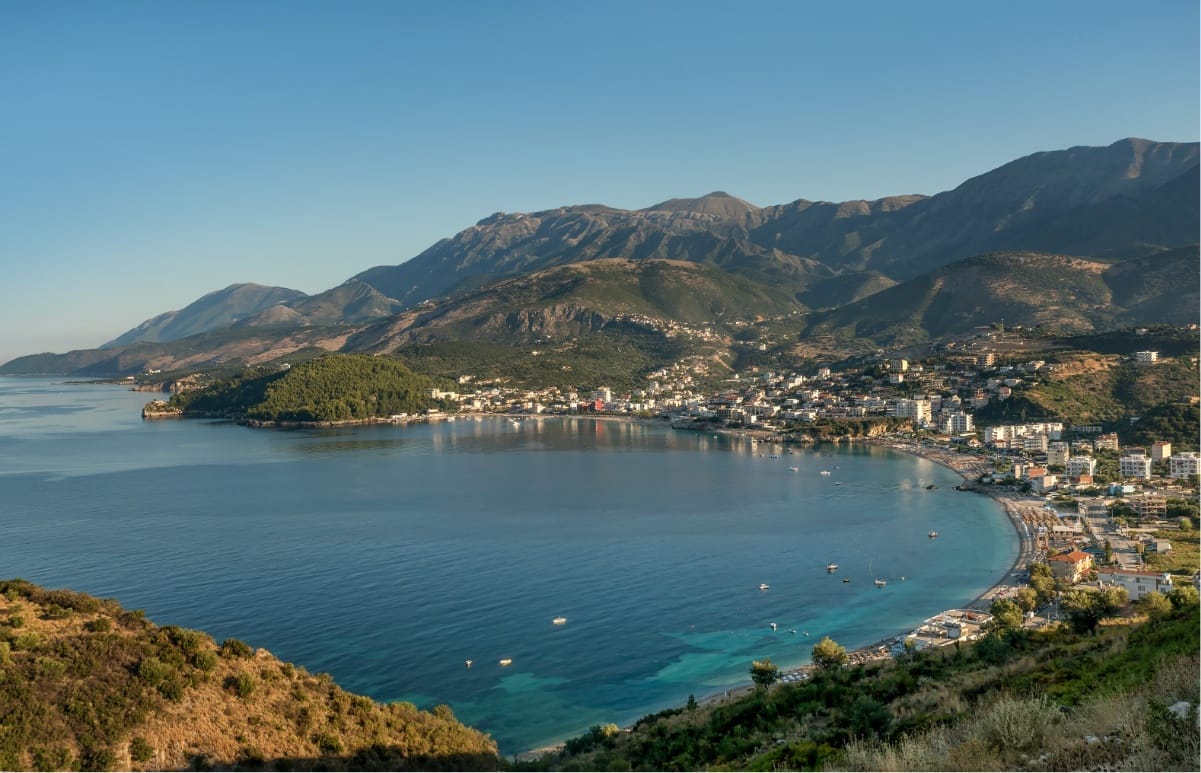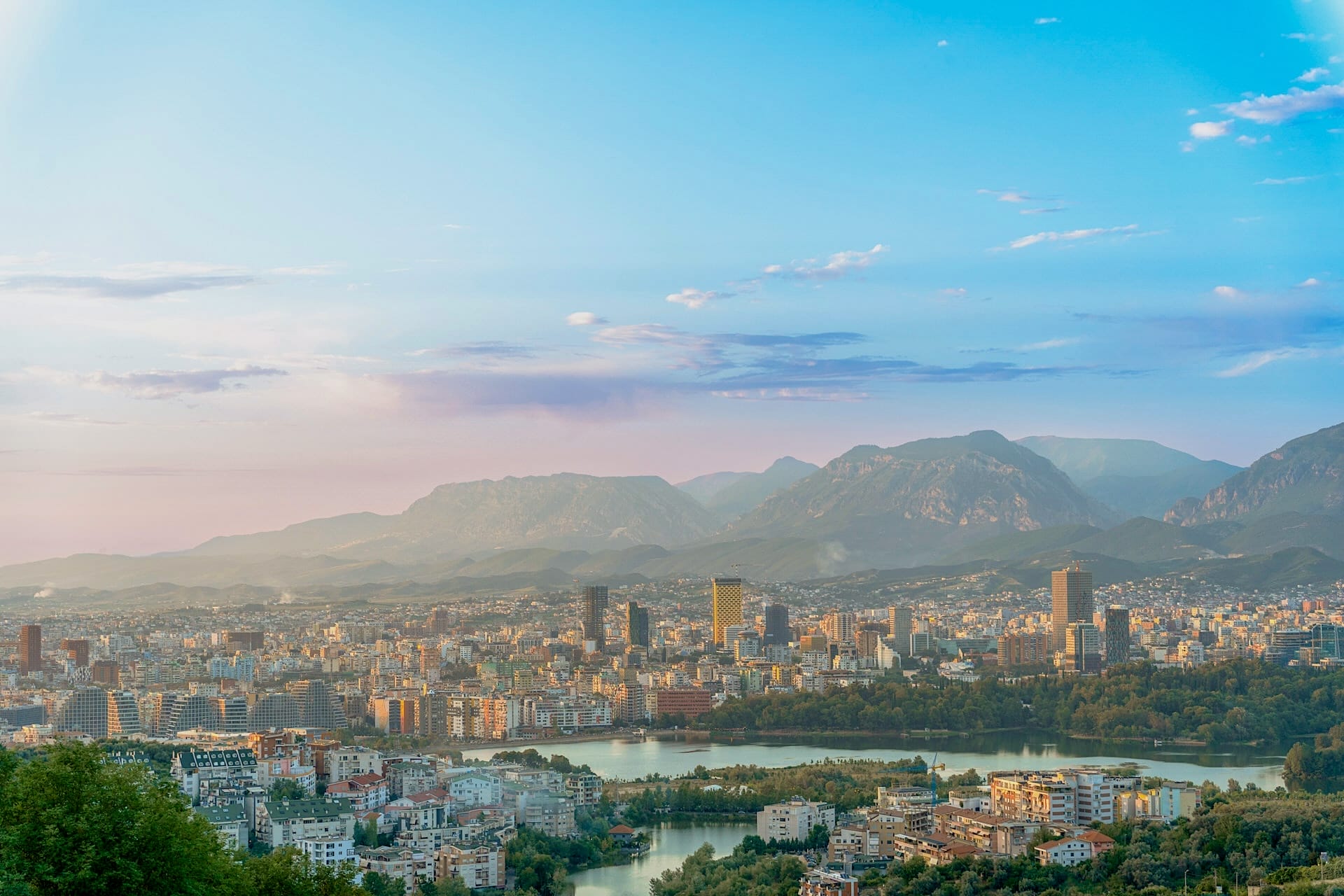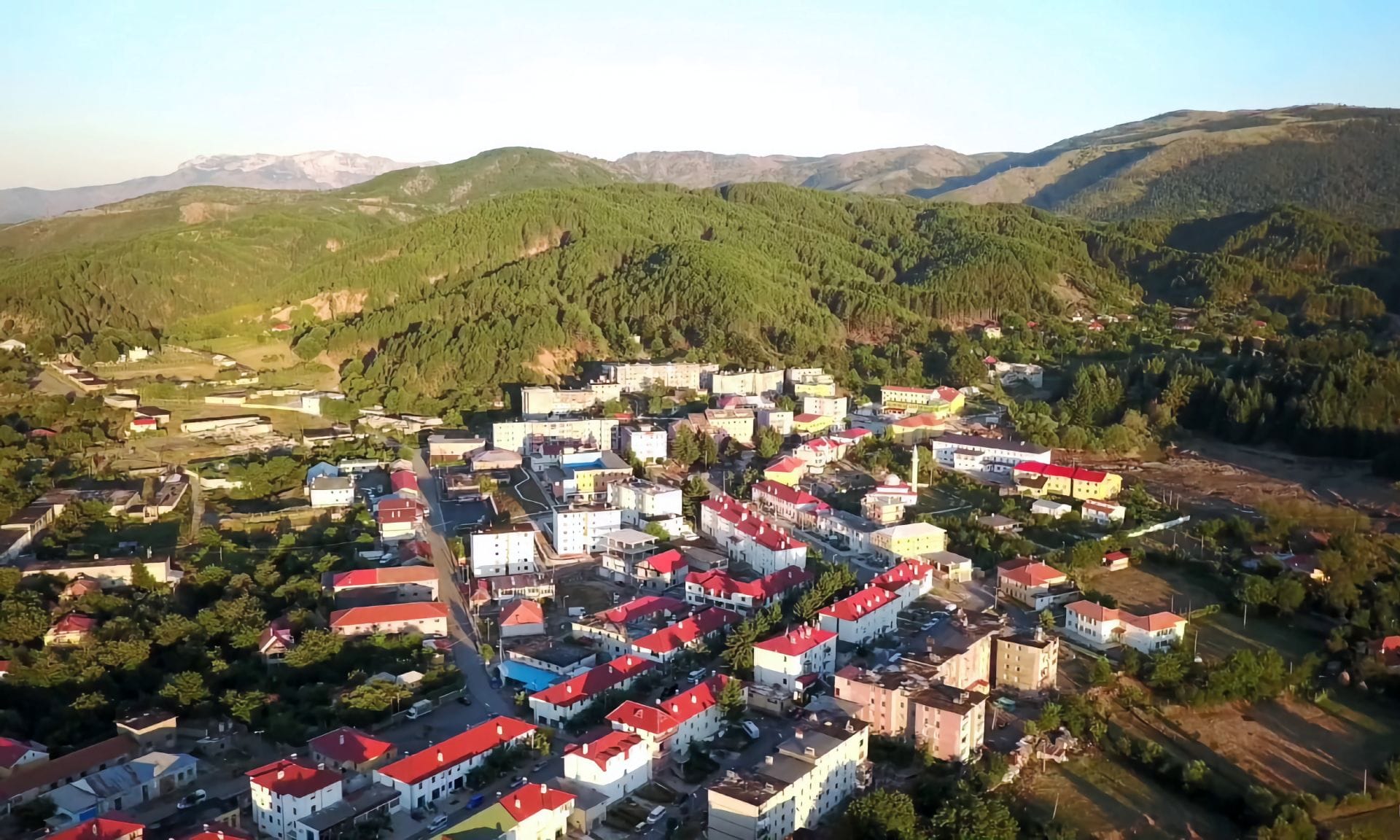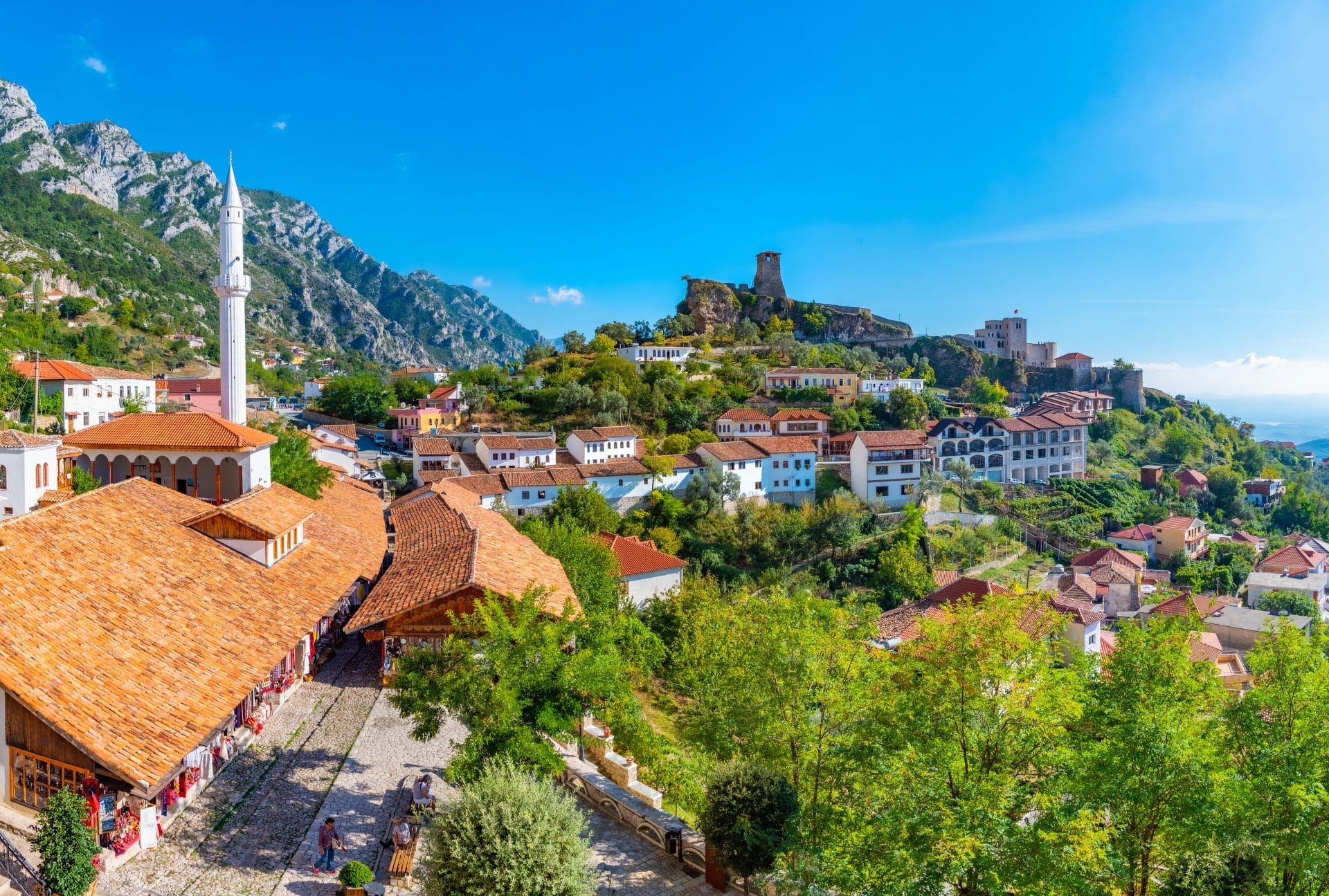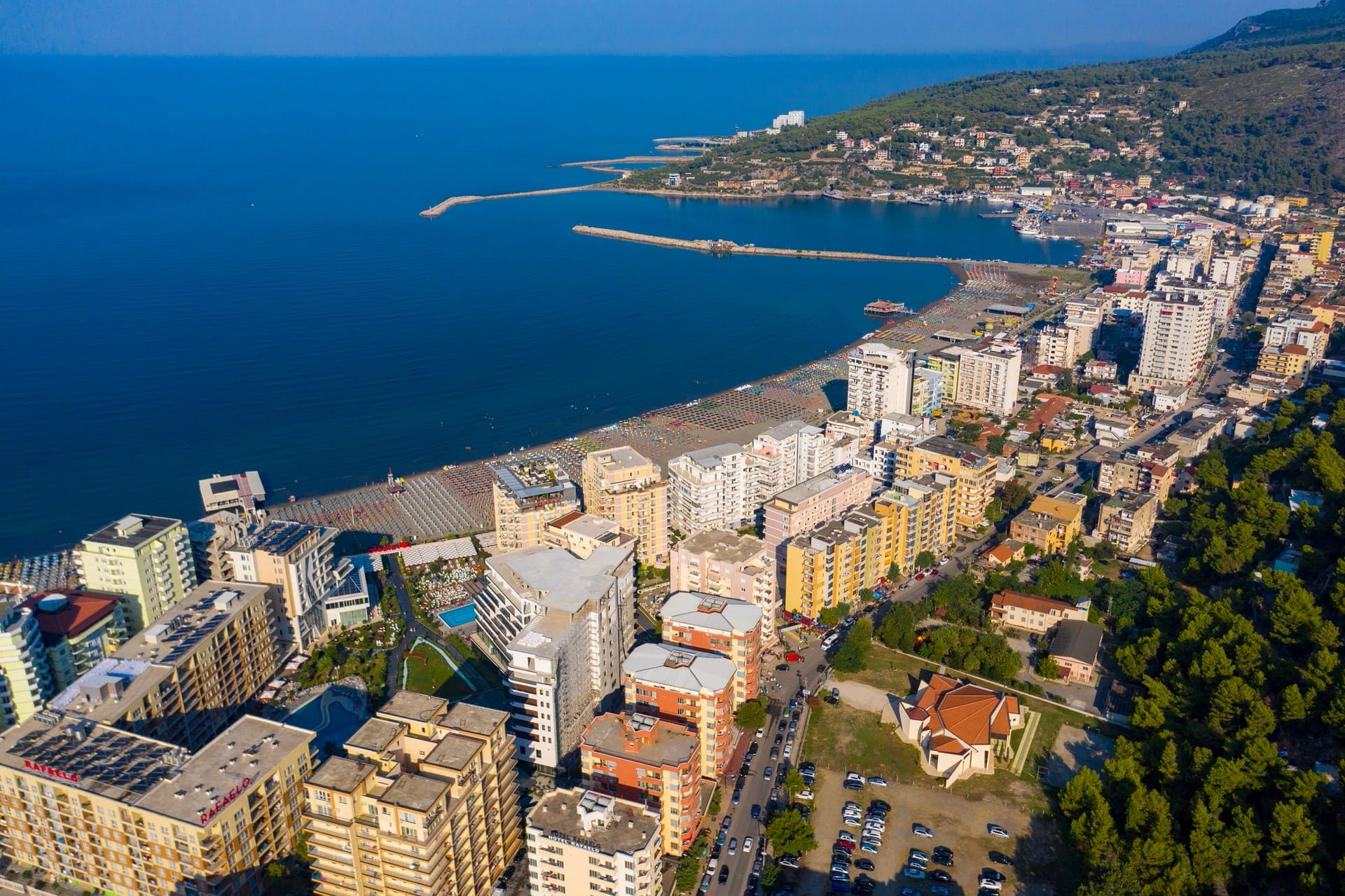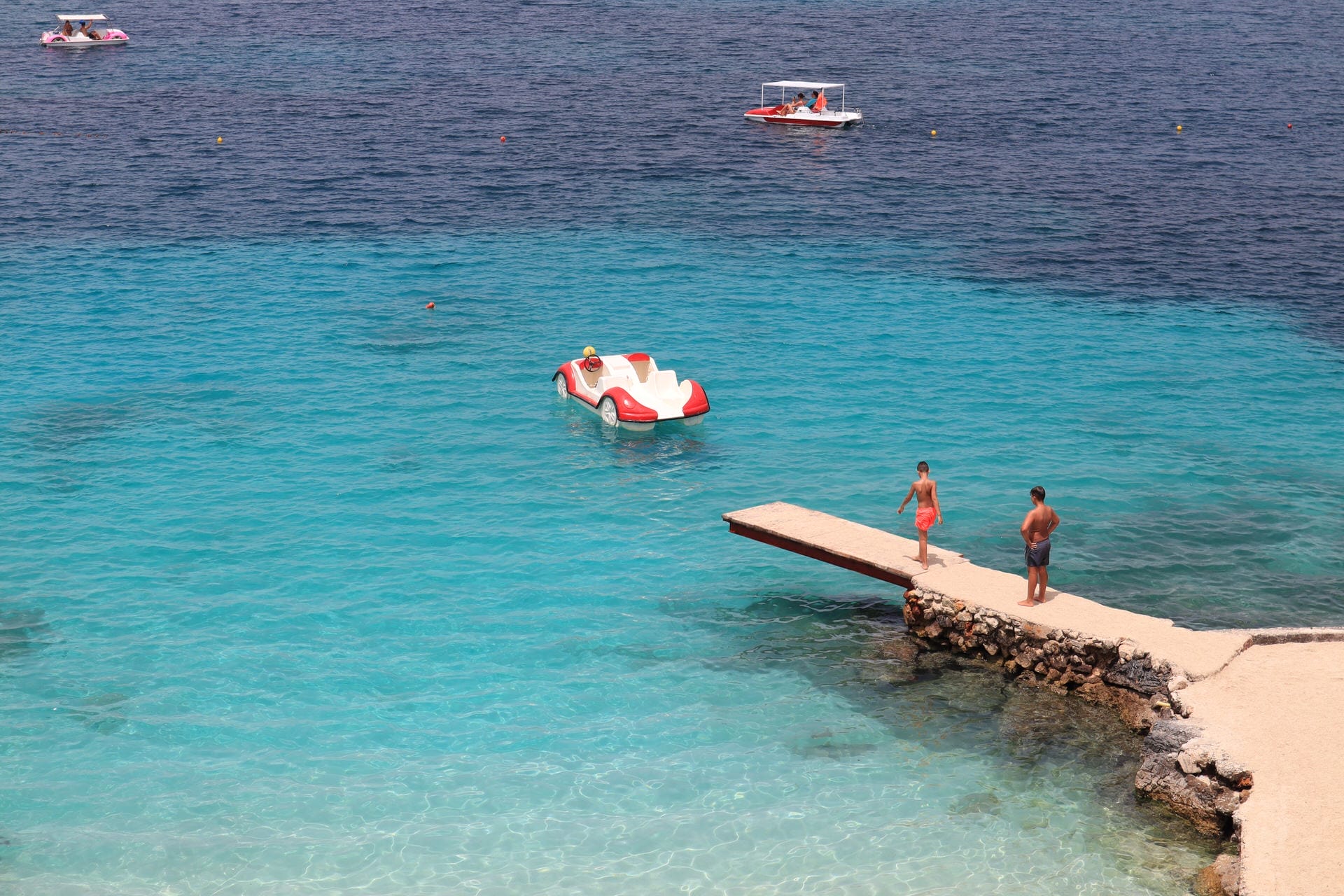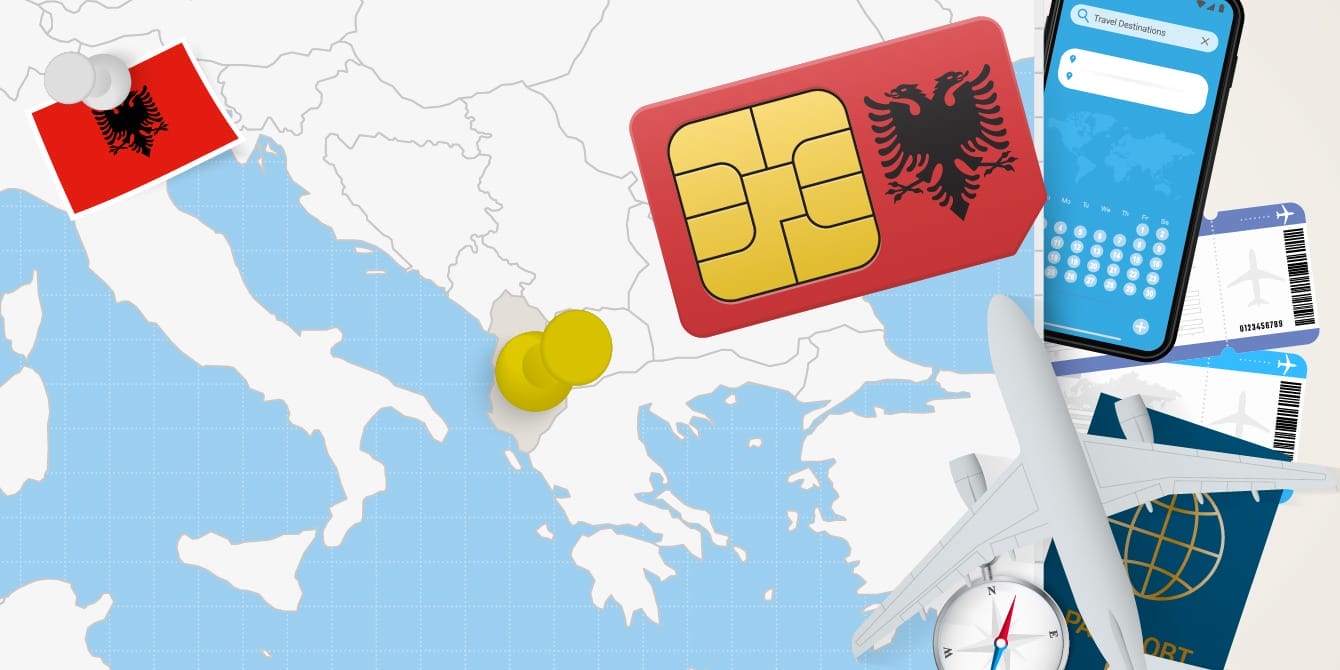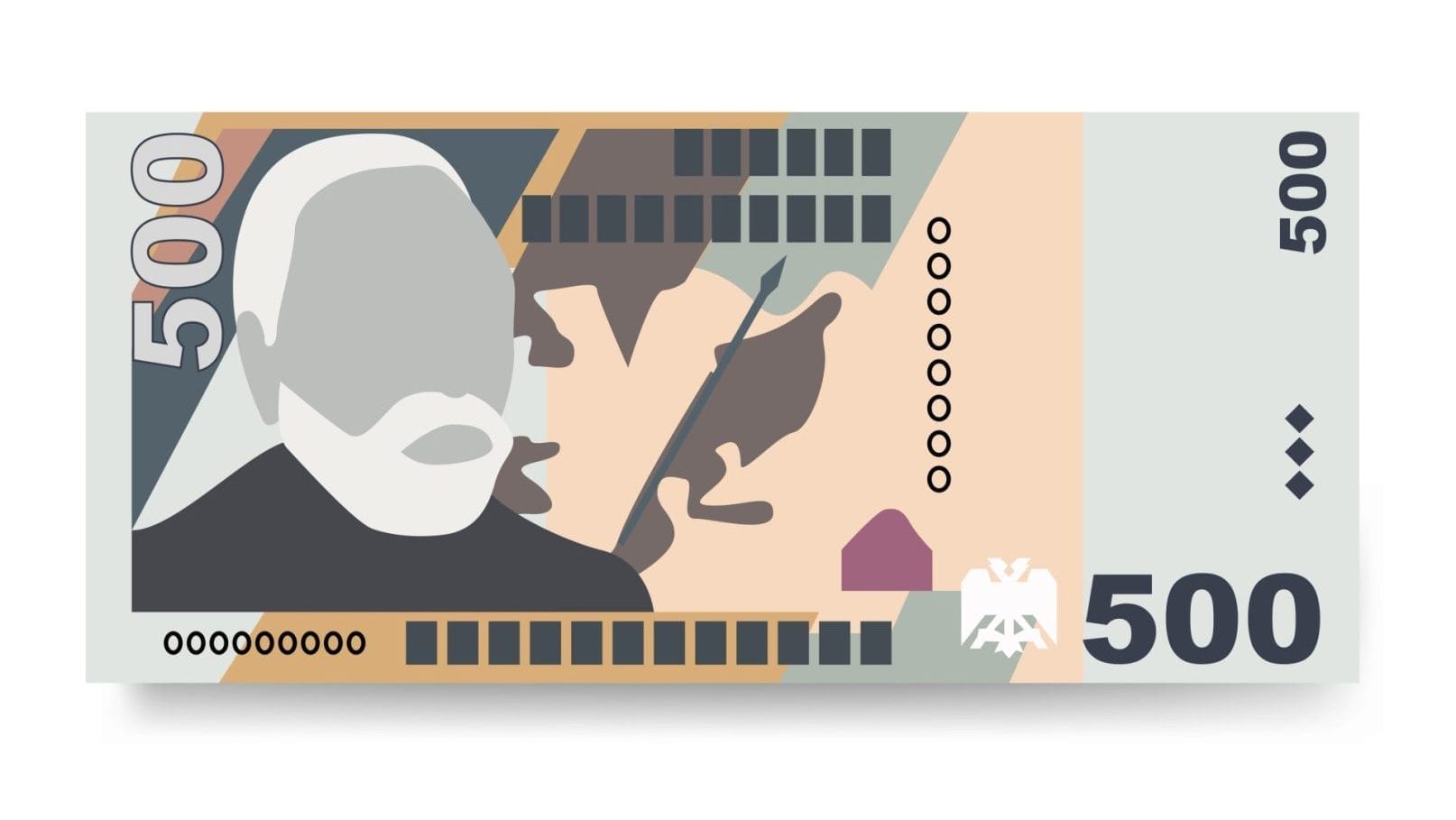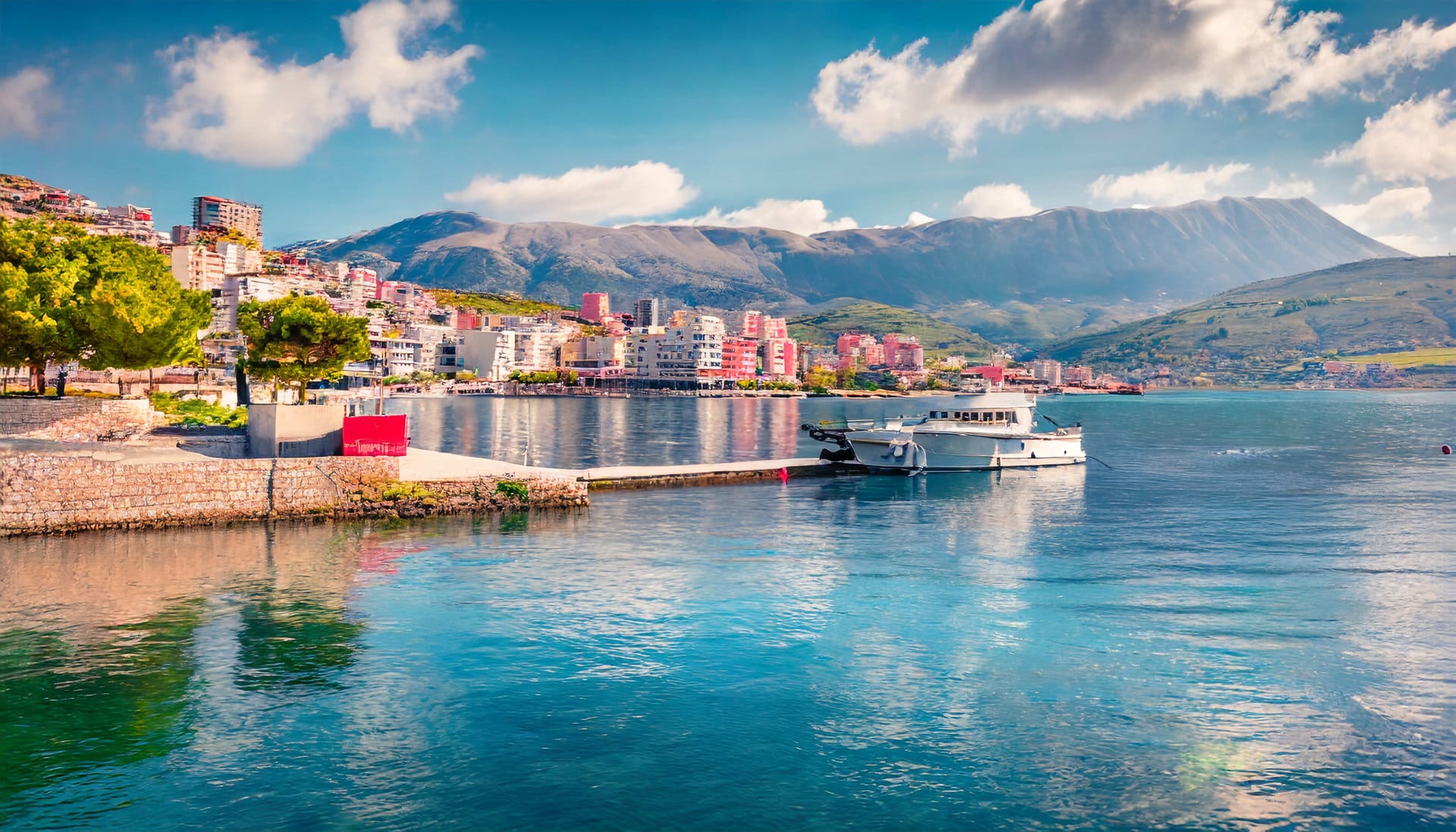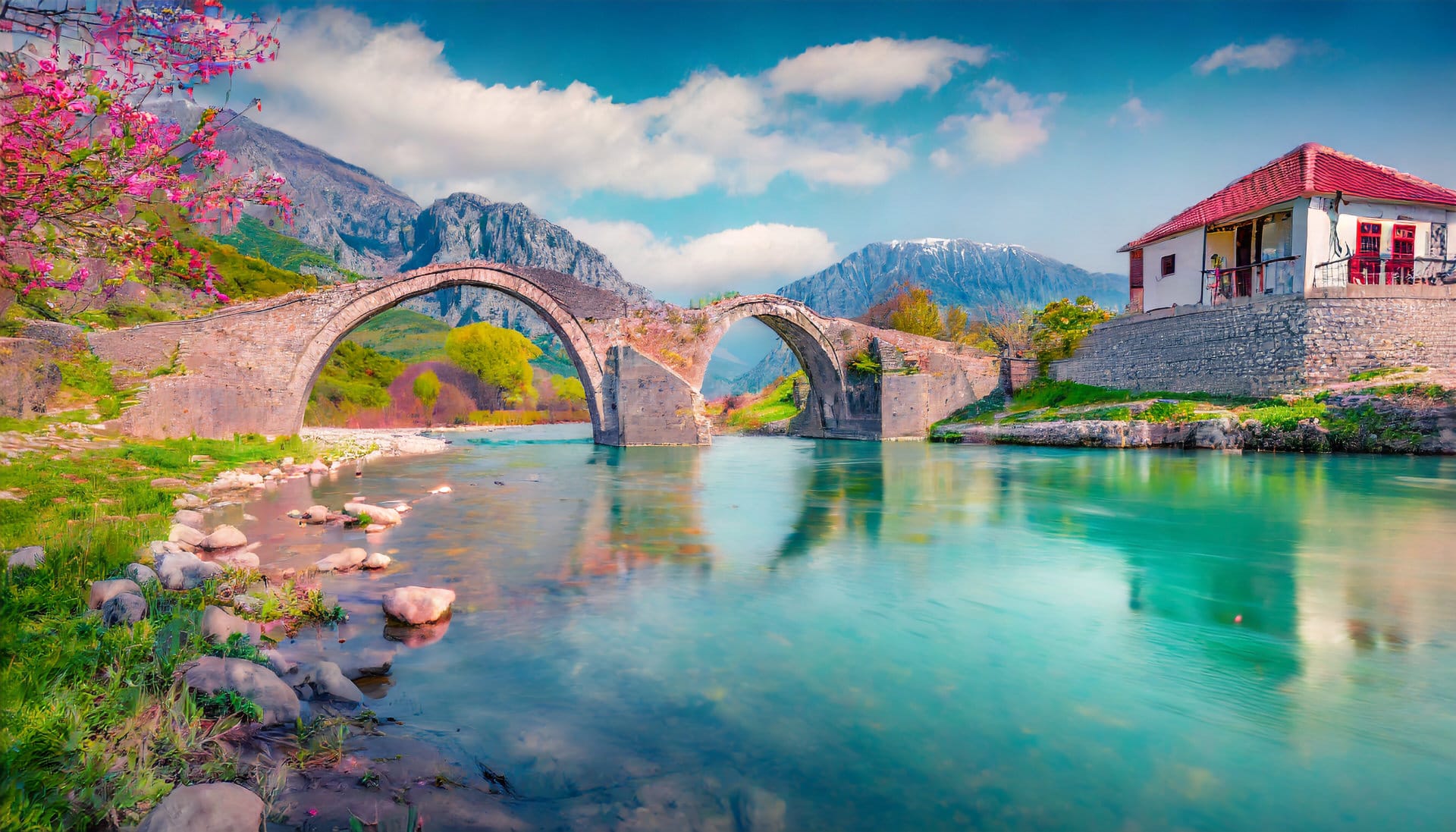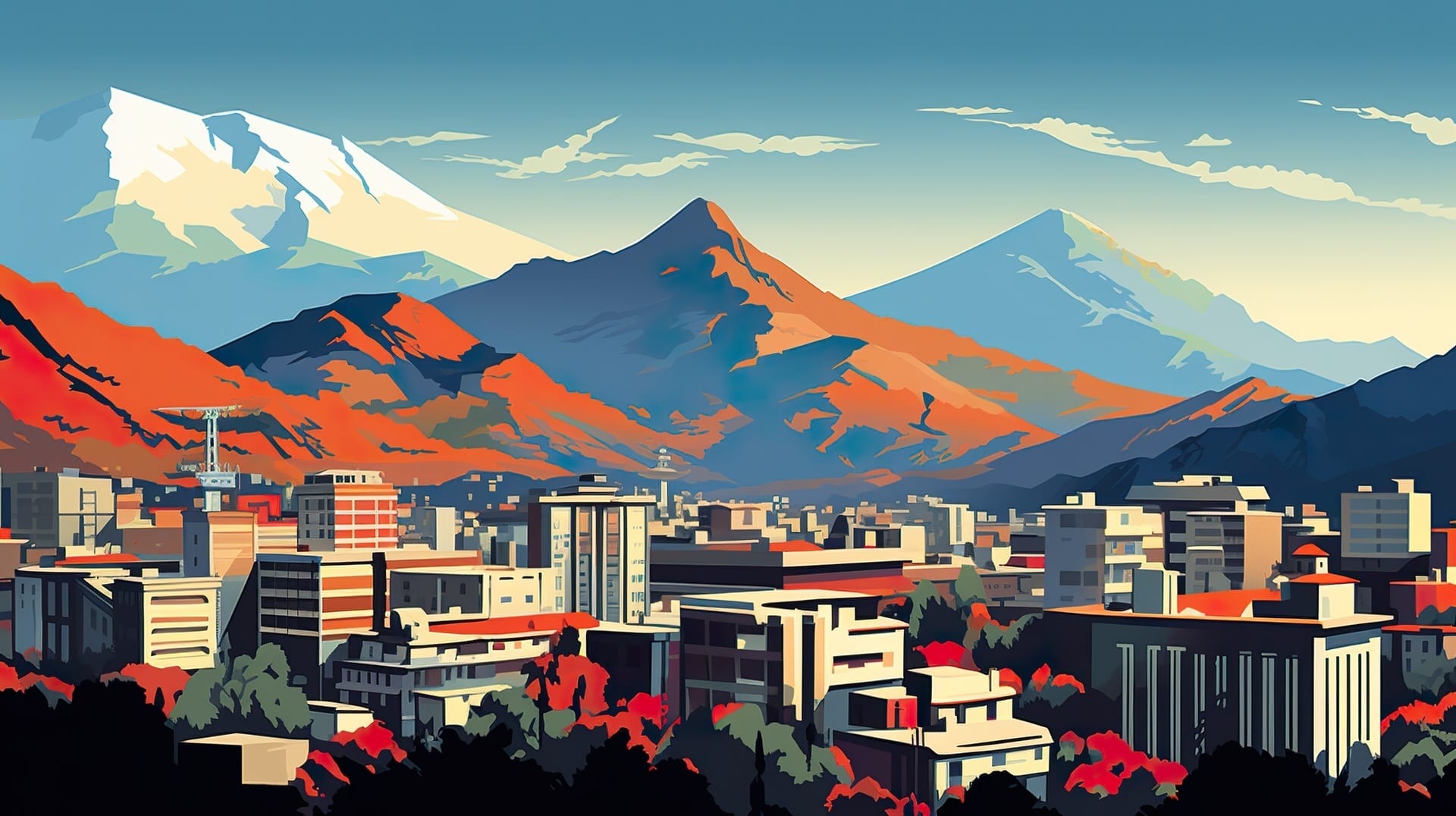
Why Visit
Housed in a stunning 19th-century Ottoman-style dwelling, this museum showcases the rich cultural heritage of the UNESCO World Heritage town through its expansive collection of regional artifacts, handicrafts, costumes, and historical objects.
History and Significance
The museum building has an intriguing history. It was constructed in 1966 on the site of communist dictator Enver Hoxha’s childhood home, which was destroyed in a fire the year before. However, the new structure was not meant to recreate Hoxha’s original house. Instead, it was designed as a model of traditional 19th-century dwellings in Gjirokastër.
The two-story house exemplifies classic Ottoman architecture throughout the old town, with its symmetrical layout, carved wooden balconies, and unique local stonework. It is in the Palorto neighborhood, renowned as the most intact and charismatic district of historic Gjirokastër.
Despite its origins, there are no exhibits related to Hoxha himself inside. Rather, the museum focuses on showcasing the cultural heritage and traditions of the town and surrounding southern highlands region.
The Museum’s Exhibits
Visitors can explore rooms decorated and arranged as wealthy townspeople would have used them in the 19th century. Exhibits feature household items, folk costumes, clothing, kitchenware, tools, and other artifacts that provide insights into the traditional lifestyle of Gjirokastër’s elite families during that era.
The house layout itself reflects local architectural nuances. The ground floor is built from stone to stay cool in summer and retain heat in winter. Upper floors have lower ceilings and diminutive windows to regulate temperatures. The top floor houses a spacious gathering room known as the ‘cameretta’ where women socialized.
Contextual images and information enhance displays. A rich collection of embroidered folk dress includes over 100 complete traditional costumes from across Albania, showcasing the impressive artistry, regional styles, and detailed handiwork involved.
Silver filigree jewelry, musical instruments like the lahuta and çifteli, and handmade tools offer more glimpses into the lives and crafts of Albanians through history. The diverse artifacts vividly illuminate the cultural soul of the nation.
Transporting Visitors through Time
Many visitors highlight the museum’s ability to transport them back in time and immerse them in Albanian history and identity. While the exhibit layouts may seem disjointed, the artifacts’ power and cultural insights shines through.
Surrounded by the humble furnishings, clothing, and ornaments used by Albanians over a century ago, one can vividly imagine what daily life involved. Seeing hand-dyed woolen garments and painstakingly hammered copper pots offers an appreciation for the artistry and effort invested in traditional living. The richness of Albanian culture is revealed through the details.
While information accompanies displays, the objects can express an emotional understanding of the Albanian people, their values, creativity, and connections to their homeland. It’s an experience that transcends scholarly analysis to forge direct connections to the past.
Additional Offerings
Beyond its main exhibits, the museum also features temporary displays related to ethnography and cultural history. Demonstrations of traditional handicrafts are sometimes given to highlight living heritage.
The house is integral to the museum experience, with its Ottoman-Albanian architectural details offering insights into local building styles and aesthetics. The inviting veranda and courtyard provide natural spots to pause and reflect during your visit.
The gift shop offers books and souvenirs, including traditional folk costumes, musical instruments like the çiftelia and sharkia, and filigree jewelry to take home as souvenirs.
Nearby Attractions
The Gjirokastra Ethnographic Museum can be a starting point for exploring the old town’s other attractions. Gjirokastër Castle, dominating the hilltop, is a must-see for its sweeping views, eerie Communist-era bunker tunnel network, and historic sites like the Skenduli House museum within the castle walls.
The picturesque old town rewards wandering with its cobbled Ottoman-era lanes, traditional stone houses, and vernacular architecture, including distinctive turreted Zekate houses. The town’s artisans are renowned for silver filigree and woodworking.
Accommodations range from renovated Ottoman mansions to cozy guesthouses. Area restaurants serve regional specialties like pite, suxhuk, and qofte. The UNESCO site remains off the beaten track, retaining its atmospheric charm.
Visiting the Museum
The Gjirokastra Ethnographic Museum is open daily from 9:00 am to 5:00 pm except on Monday. Tickets cost 200 lek, with discounted rates available. Guided tours can be booked. A cafe is onsite.
Allocate an hour to appreciate the extensive collection of artifacts and cultural insights. For deeper immersion, visit other Gjirokastër sites over one or two days.
Ensuring the survival of Albanian heritage and identity during periods of occupation, the exhibits remind visitors of the Albanian people’s resilience, skill, and spirit. This “window to the past” provides an enriching opportunity to connect with Albania’s cultural essence.

